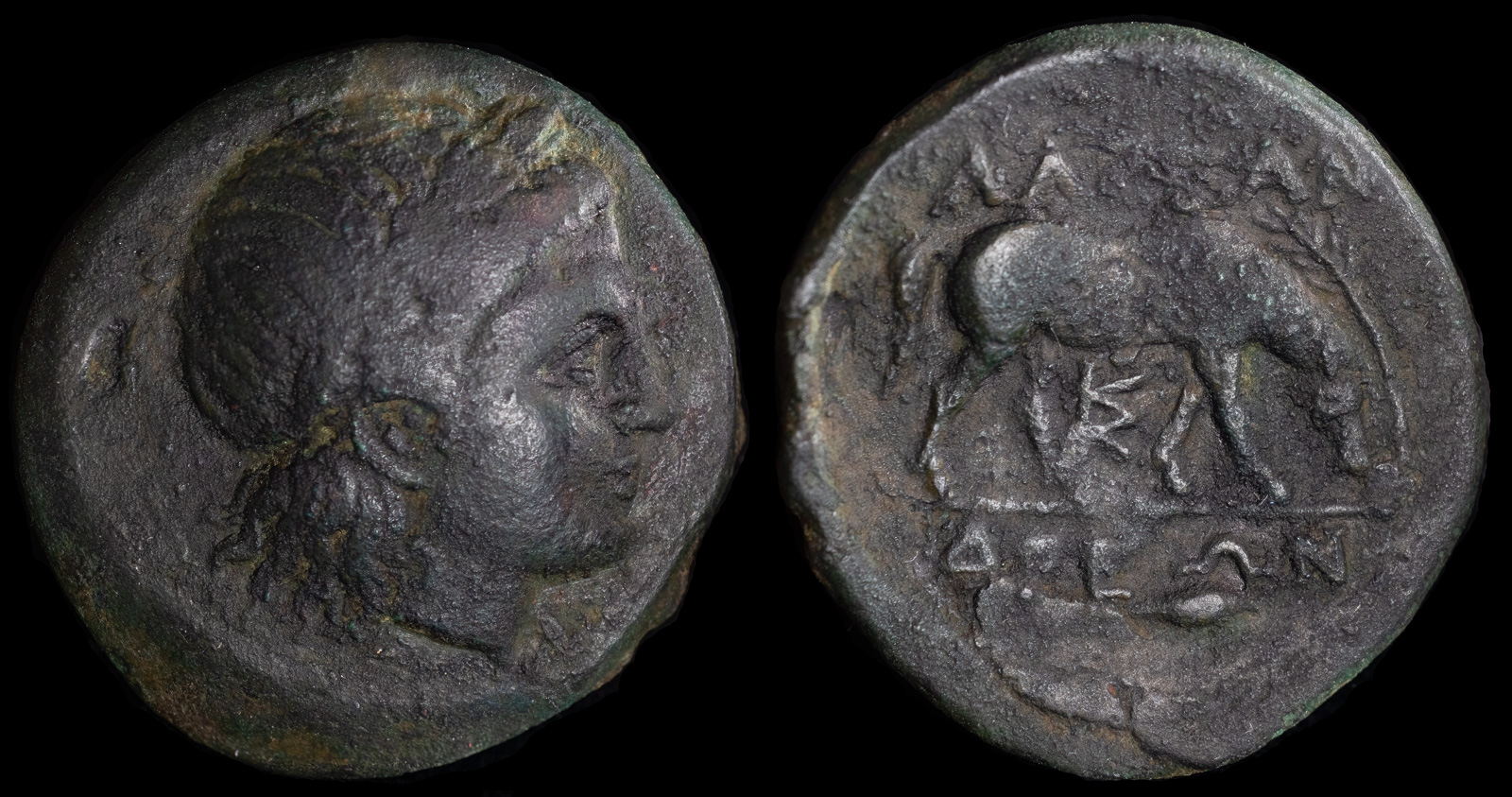Palm
View All Tags
One of the most prominent associations of the palm tree in ancient Greece was with victory. This symbolism likely stemmed from the tradition of awarding victorious athletes palm branches at major sporting events, such as the Olympic Games. The palm frond became an emblem of success and achievement, and its depiction on coins reinforced the notion of triumph, whether in athletic contests, military conquests, or political dominance.
For example, cities like Rhodes, which featured the sun god Helios as its patron deity, frequently depicted palm trees on their coins. The palm symbolized both Helios’s association with the sun and the island’s prosperity and victories, particularly its famed naval strength. Similarly, coins issued to commemorate military victories or alliances often included palm motifs to signify the success of those endeavors.
The palm tree also carried connotations of divine favor and immortality. Its evergreen nature symbolized resilience and eternal life, linking it to gods and heroes in Greek mythology. Apollo, the god of prophecy, music, and healing, was closely associated with the palm due to the myth of his birth under a palm tree on the island of Delos. Coins featuring the palm could thus invoke Apollo’s protection and blessings, underscoring the divine legitimacy of the issuing city or ruler.
In some cases, the palm served as a marker of regional identity. For coastal or island communities where palm trees thrived, their inclusion on coins symbolized the natural abundance and beauty of the area. The palm’s depiction highlighted the unique qualities of the issuing region, making the coins an expression of pride and distinction.
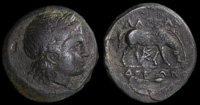
Alexandria, Troas 281-261 BCE
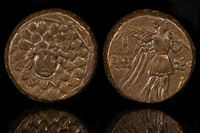
Amisos, Pontos 120-63 BCE
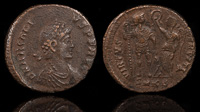
Arcadius 395-401 CE
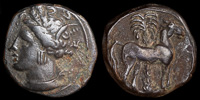
Carthage 400-350 BCE
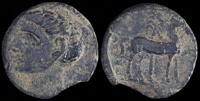
Carthago Nova, Spain 209-205 BCE
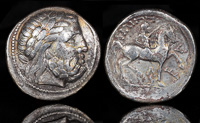
Gauls 315-275 BCE
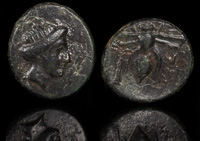
Gentinos, Troas 4th century BCE

Halieis, Argolis 2nd-1st centuries BCE
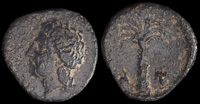
Halieis, Argolis 340-330 BCE
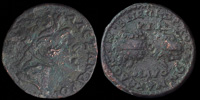
Koinon of Macedon 238-244 CE

Koinon of Macedon 239-244 CE
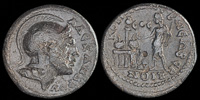
Koinon of Macedon 244 CE
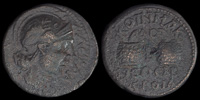
Koinon of Macedon 244-249 CE
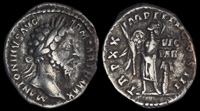
Marcus Aurelius 166 CE
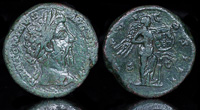
Marcus Aurelius 172 CE

Maximinus Daia 312 CE
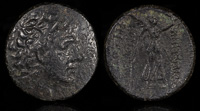
Mithradates VI 120-63 BCE
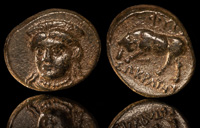
Phygela, Ionia 350-300 BCE
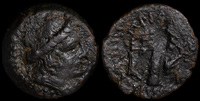
Priansos, Crete 320-270 BCE
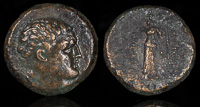
Pylaimenes 130 BCE
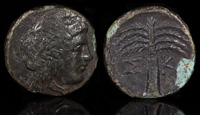
Skamandria, Troas 350-300 BCE
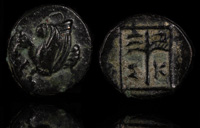
Skepsis, Troas 400-310 BCE
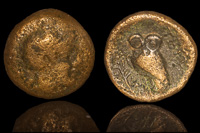
Tegea, Arkadia 4th-3rd cent BCE
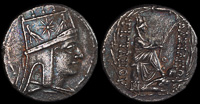
Tigranes II 80-68 BCE

Valentinian I 364-375 CE
